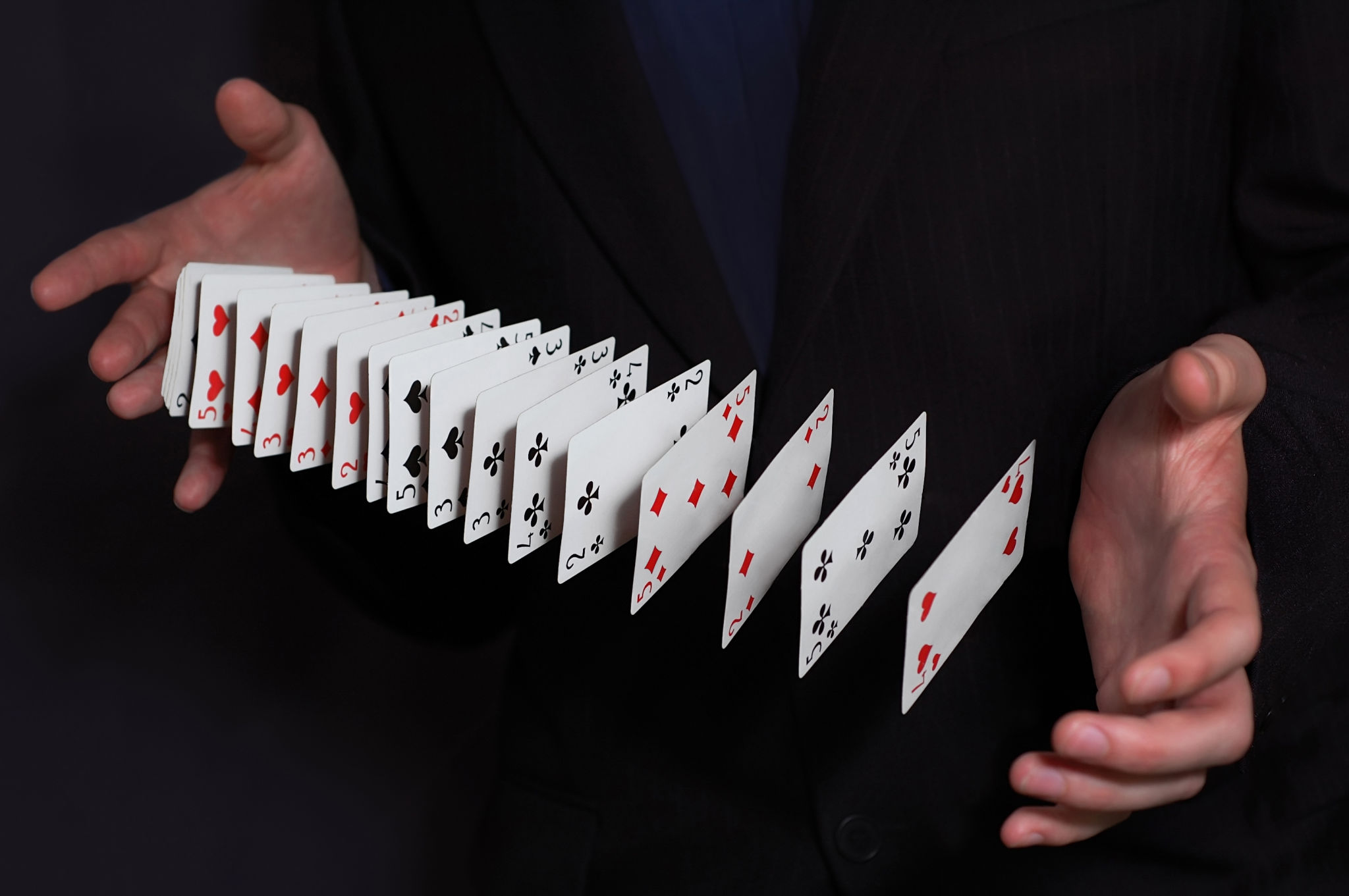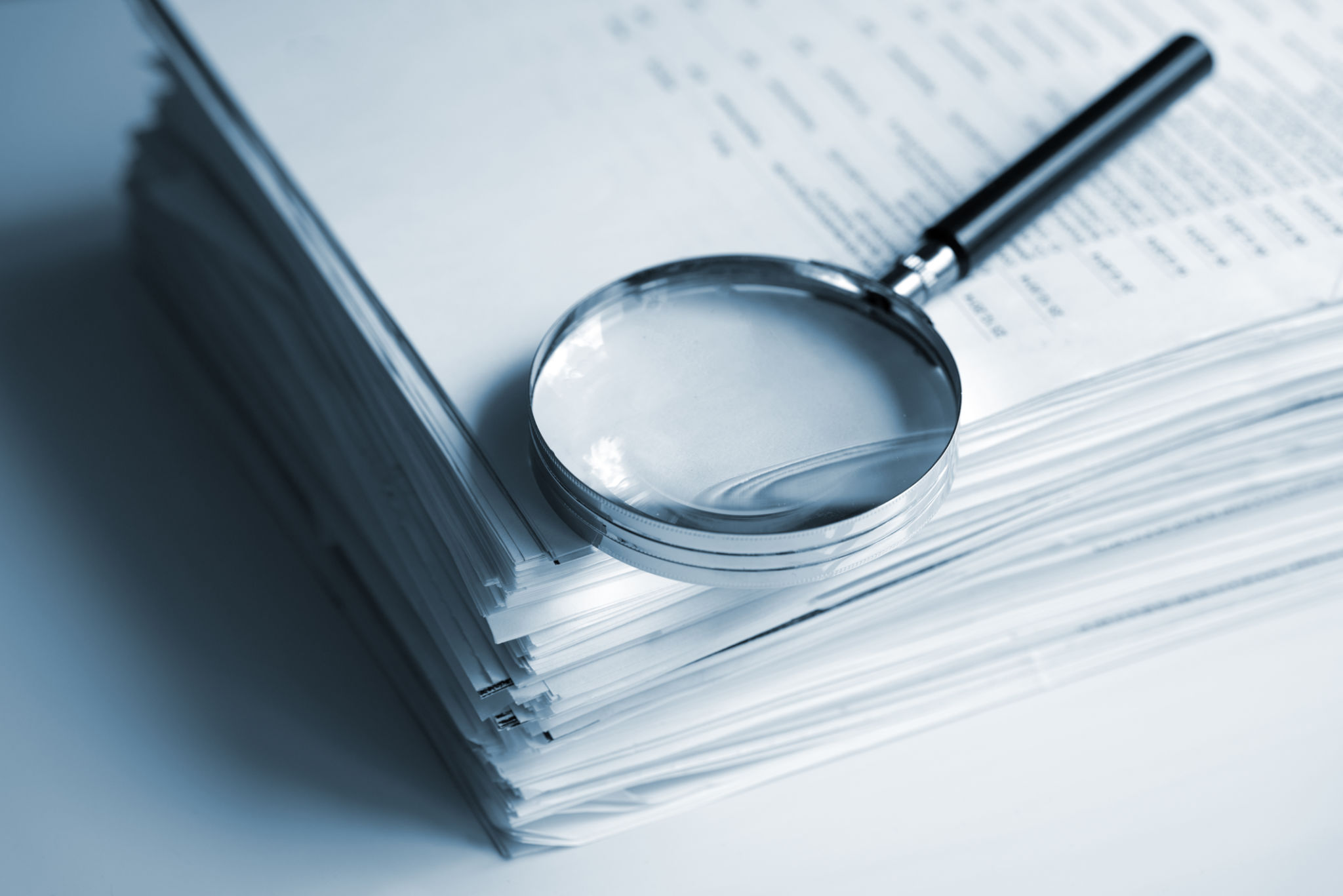How to Spot Fake Pokémon and Sports Cards: A Collector's Guide
Introduction to Identifying Fake Cards
As a collector, distinguishing between genuine and counterfeit Pokémon and sports cards is crucial. With the rising value of these collectibles, the number of counterfeit cards has surged. Learning how to identify fake cards not only protects your investment but also ensures the integrity of your collection.
In this guide, we'll walk you through some essential tips and techniques to help you spot fake Pokémon and sports cards. From understanding the nuances of printing techniques to recognizing common red flags, we've got you covered.

Examining the Print Quality
One of the first things to check when assessing a card's authenticity is the print quality. Genuine cards usually have sharp, vibrant colors and a clean, professional finish. Counterfeit cards often have blurry images, faded colors, or rough edges due to inferior printing techniques.
Tip: Use a magnifying glass to closely inspect the card's details. Look for any pixelation or misalignment in the text and images, as these are often signs of a fake card.
Inspecting the Card Stock
The card stock used for authentic Pokémon and sports cards has a specific quality and feel. Genuine cards are typically printed on high-quality, durable stock with a smooth finish. Counterfeit cards may feel flimsy, lighter, or too glossy compared to authentic ones.

Checking for Holograms and Watermarks
Many genuine Pokémon and sports cards feature holograms or watermarks as a security measure. These elements are challenging to replicate accurately, making them reliable indicators of authenticity. Examine any holographic surfaces for inconsistencies or unusual patterns that might suggest a counterfeit.
Note: If your card should have a watermark or hologram and it’s missing or looks off, it’s likely a fake.

Analyzing the Card’s Weight and Thickness
Authentic cards generally have consistent weight and thickness. If you have access to a scale or caliper, compare your card with a verified authentic one from the same series. Any noticeable differences might indicate a counterfeit.
While this method requires precise measurement tools, it can be particularly useful when other signs of a fake aren’t evident.
Researching Card Details
An often-overlooked step is researching the specific details of the card in question. Check online databases or references for information regarding the card's release year, edition, and any unique identifiers. Cross-referencing these details can help confirm authenticity.

Conclusion: Staying Informed
Being aware of the common signs of counterfeit cards can save you from potential losses and disappointment. Always purchase from reputable dealers and consider consulting with other collectors or experts when in doubt.
Remember, as counterfeiting techniques evolve, staying informed and vigilant is your best defense. Happy collecting!
